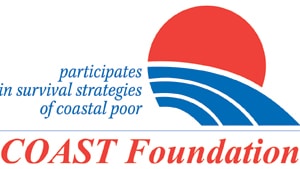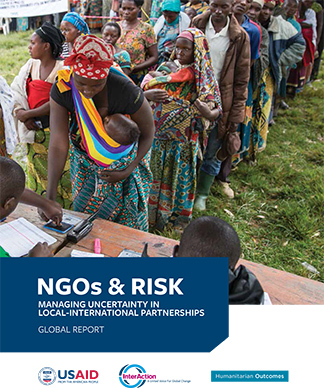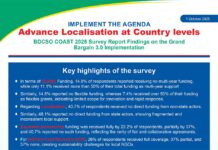In humanitarian emergencies where access is limited and risk is high, people’s ability to obtain vital assistance often depends on partnerships between national and international aid organizations. In recent years, driven by the Syrian conflict in particular, significantly larger portions of international humanitarian aid have been implemented with and through national and local entities. In addition, the localization commitments of the Grand Bargain call for more support and a greater share of resources to go to these local actors for the sake of better outcomes. At the same time, humanitarians face countervailing pressures that complicate and disincentivize partnering. These come in the form of intensifying financial scrutiny, legal constraints, and punitive repercussions for losses in what are highly volatile and high. risk environments. The collision between the increased needs and stated will. for partnering and the growing risk aversion in the sector has distorted national. international partnership dynamics, resulting in greater risks, hindrances and inefficiencies for humanitarian response. [Global Report] [Good Practice and Recommendation for Humanitarian Actors]
- HOME
- Who We Are
- How We Do
- Where We Work
- Stay Informed
- COAST Staff in Action
- Training Materials
- Project Completion Report
- Publications
- Circular
- Plans and Audit Reports
- Notice
- Meeting Minutes
- Recruitment Forms and Joining Process
- Terms of Reference
- Evaluation and Review
- COVID-19 Document
- MTCP-2 Project
- Contact
- Location






